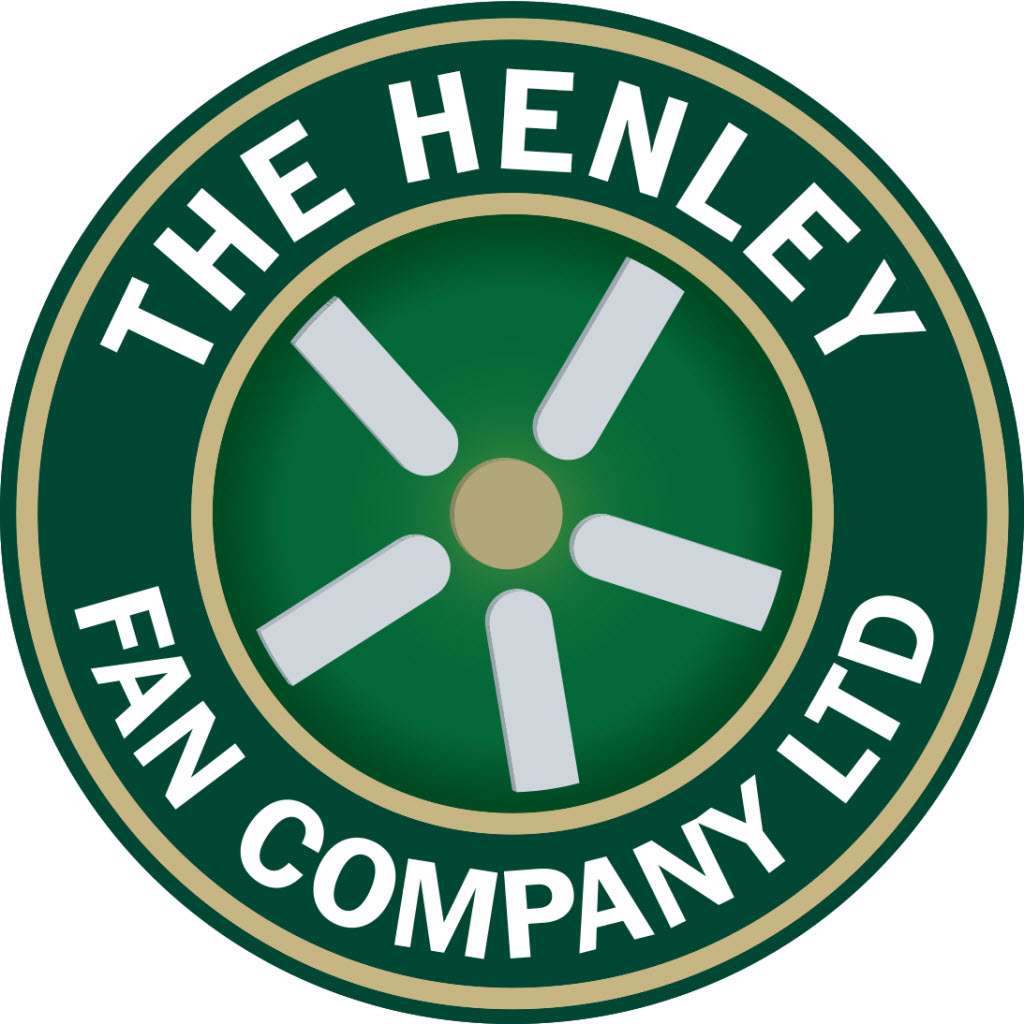By now we’ve established that a garbage disposal unit is a very important component in maintaining the overall hygiene of our kitchens.
As such we are obligated to take good care of it and ensure that we are feeding it only the things that are allowed to go down with it.
Yes you read that right. There are certain materials that should never be flushed down your disposal units. Otherwise you may have to deal with possible malfunctions that come with improper disposal.
So let’s take a quick look on the list of items which are the only ones ALLOWED to be flushed down the sink. Try to remember whether or not you’ve been following these must-only wastes on your unit. Get a pen and a paper if you want to make a list.
- Liquids and soft foods
This could possibly be the easiest items that your garbage disposal unit can handle. Soft foods may include cereal residue, banana, bread and other items which are easily chewed.
- Cold water
As a protocol, you should run a cold water for about 20-30 seconds before you put down food residue on your disposal unit and after you grind them. This will ensure that nothing of the ground food waste is left on the sink. Otherwise it might stink.
You wouldn’t want that, would you?
- Ice cubes
The best thing about ice cubes is that, they are basically just the solid form of the cold water. They melt few seconds after you throw them down your disposal unit. Doing this will remove some of the little food residue stuck on the grinders.
- Dishwashing soap
This is more like on the cleaning part of the process. You don’t put a whole dishwashing soap inside the garbage disposal unit. Rather, you put a small amount of it inside, turn on the unit and run cold water along with it.
Imagine your disposal unit taking a fresh and clean bath using this process.
- Chopped foods
Of course, you don’t just live by eating soft foods all day long. Solid foods will always be a part of your daily meals in one way or another. Just remember that solid foods in bulk tend to jam your disposal unit an can even damage the blades.
If you’ve got a solid food to grind, chop it first into smaller pieces before you feed it to your unit. This will reduce the strain in your device and can facilitate the smoother flow of the flushing process.
Now that you’ve taken a peek on the must-only foods that your unit is capable of grinding, what have your realized?
Are you doing it right or are you the one who simply feeds everything on the unit regardless of whether they are solid or not?
If you’ve been on this practice, then be warned. Prolonged feeding of big solid food waste on your unit may cause the damage to its grinder and can cause clogging. This will sure prove to be inconvenient for fixing it may require you to disassemble the entire unit depending on the problem.
Follow the tips above and take care of your device!
